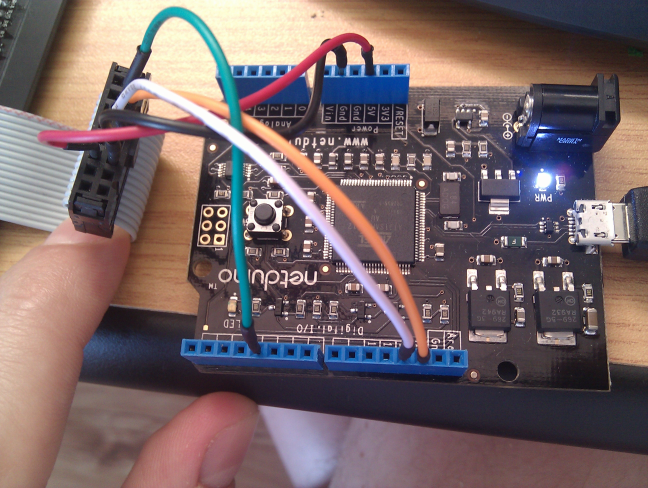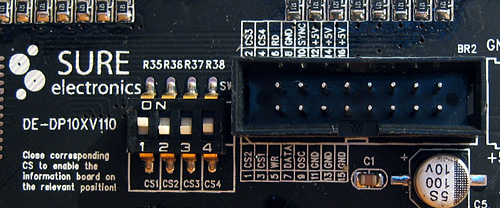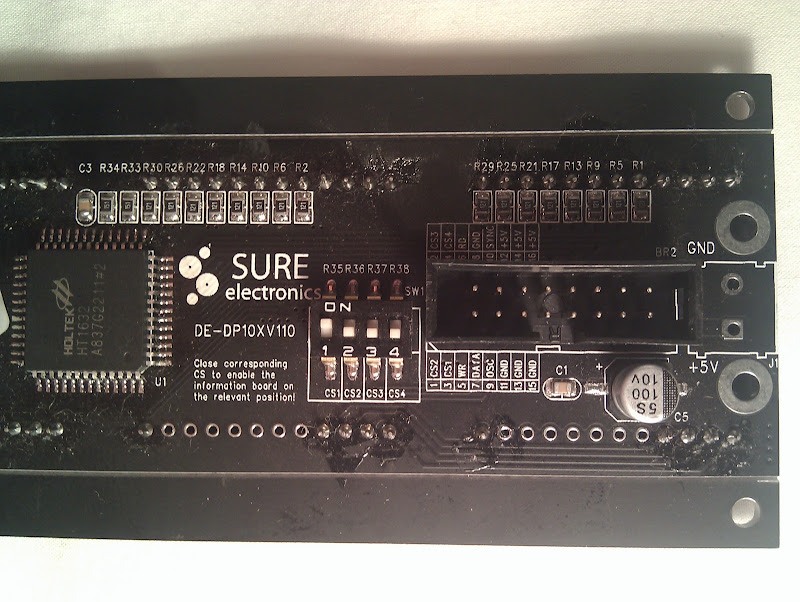See: http://mfgps.codeplex.com
This is a community GPS project. We are currently looking for devs to write the GPS parsing methods. I think I'll start a separate thread on this, as a matter of fact.
Looks good. If I can find some devices I will contribute / test. Unfortunately it seems the $10 mark is not achievable
-(e)

 Posted by
Posted by






